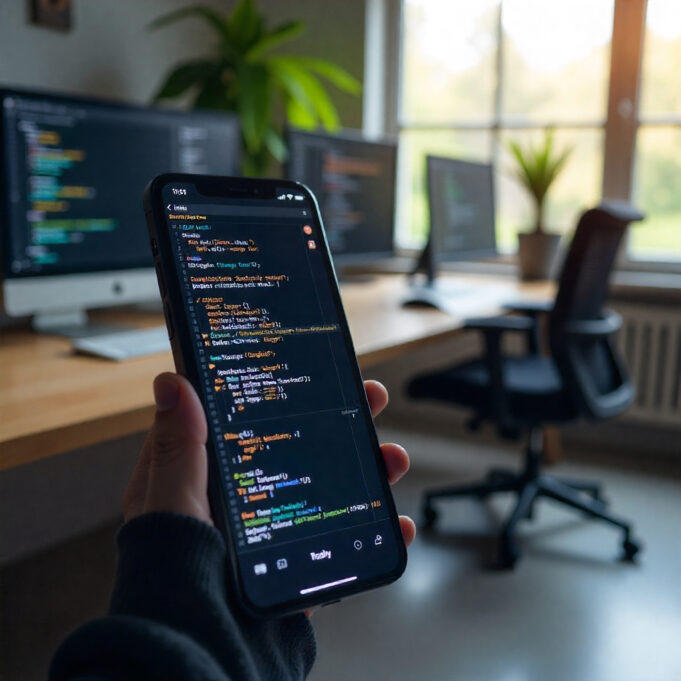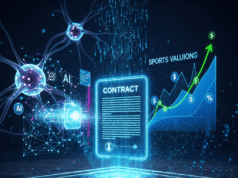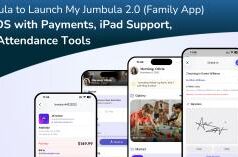iOS 26 Developers Leverage Apple’s Local AI Model Features
Apple‘s new on-device AI models represent a quantum leap in mobile computing. Unlike cloud-based solutions that require constant internet connectivity, these local AI models operate entirely on the device, offering unprecedented speed, privacy, and computational efficiency.
The core innovation lies in Apple’s ability to deliver machine learning capabilities that can run seamlessly without sending data to remote servers. This means developers can now create more responsive, intelligent applications that work brilliantly even in offline environments.
Practical Applications: From Concept to Reality
Imagine a language translation app that can process conversations in real-time without an internet connection, or a photography app that can intelligently enhance images using on-device learning. These aren’t futuristic concepts—they’re becoming immediate possibilities with iOS 26’s local AI infrastructure.
Early adopter developers are already exploring fascinating use cases:
- Personalized health tracking apps that adapt to individual user patterns
- Productivity tools with context-aware suggestions
- Educational applications that provide customized learning experiences
The privacy implications are equally profound. By keeping complex computations local, developers can now build trust with users who are increasingly concerned about data security.
Challenges and Opportunities in the Local AI Ecosystem
While the potential is immense, developers will need to adapt their thinking. Traditional cloud-dependent machine learning models won’t simply translate to this new paradigm. Success will require reimagining application architecture, understanding on-device computational limitations, and designing intelligent algorithms that can operate efficiently within constrained environments.
Expert developers are already noting that this represents more than a technical upgrade—it’s a philosophical shift in mobile computing.
“We’re moving from apps that consume AI services to apps that fundamentally understand and adapt to user context,” says Maria Chen, lead AI researcher at a prominent San Francisco tech startup.The most exciting aspect? We’re just scratching the surface of what’s possible. As developers become more comfortable with these local AI capabilities, we’ll likely see a wave of innovative applications that blur the lines between software and intelligent assistance.
For developers willing to dive deep and experiment, iOS 26’s local AI models represent not just a new feature, but an entirely new computational playground waiting to be explored.





